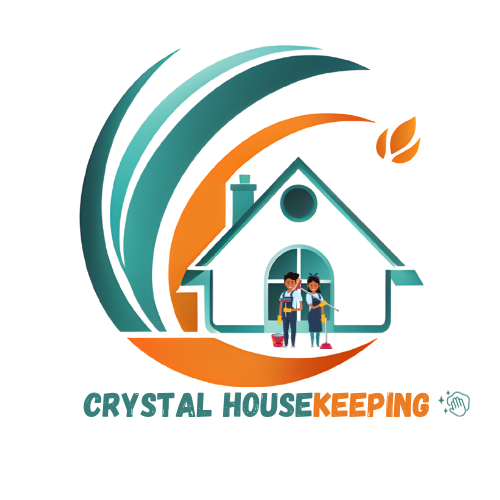How to Get Your Landlord to Make Repairs: A Guide to Effective Communication
As a tenant, maintaining a comfortable and safe living space is crucial. Unfortunately, issues with the property can arise, and it’s essential to know how to effectively communicate with your landlord to get the necessary repairs done. In this article, we’ll provide a step-by-step guide on how to get your landlord to make repairs and ensure a harmonious living experience.
Understand Your Lease Agreement
Before you start making requests to your landlord, review your lease agreement to understand your obligations and those of the landlord. Familiarize yourself with the procedures for reporting issues, the timeline for repairs, and any deadlines or notice periods for making requests.
Identify the Issue
Clearly define the problem you’re experiencing and take detailed notes, including:
- The nature of the issue (e.g., leaky faucet, cracked floor, pest infestation)
- The location of the problem
- The frequency and duration of the issue
- Any corresponding damage or inconvenience
Report the Issue
Choose the best method to report the issue, such as:
- Phone call: Call or text your landlord directly
- Email: Send a detailed email to your landlord
- Written notice: Provide a written notice, as specified in your lease agreement
Be Specific and Polite
When reporting the issue, be specific, concise, and professional. Avoid being aggressive or confrontational, as this can escalate the situation. Instead:
- State the problem and its location
- Describe the impact on your daily life or safety
- Express your desire to resolve the issue promptly and amicably
Follow Up
After reporting the issue, follow up with your landlord to ensure they’re aware of the problem and to show that you’re committed to finding a solution. If your landlord is unresponsive or slow to respond, consider:
- Sending a follow-up email or message
- Reaching out to the landlord through their management company or property management office
- Documenting all interactions and conversations, including dates, times, and details of the issues
Negotiate a Solution
When your landlord is ready to address the issue, be prepared to negotiate a solution. Consider factors such as:
- The urgency of the repair
- The complexity of the issue
- The cost of the repair or necessary action
Work with your landlord to find a mutually agreeable solution, and be flexible and open to compromise.
Keep a Paper Trail
Keep a record of all interactions, including:
- Date, time, and details of each phone call, email, or written notice
- Any responses or acknowledgments from your landlord
- Dates and times of any repair visits or inspections
- Any changes or modifications agreed upon with your landlord
Know Your Rights
Familiarize yourself with your local tenant laws and regulations, which may provide additional protections or rights as a tenant. Understanding your rights can help you advocate for yourself and assert your needs.
Conclusion
Effective communication is key to resolving issues with your landlord and ensuring that necessary repairs are made in a timely manner. By following this guide, you’ll be better equipped to report issues, negotiate solutions, and maintain a positive relationship with your landlord. Remember to stay calm, professional, and persistent, and you’ll be well on your way to resolving any problems that arise in your rental property.
